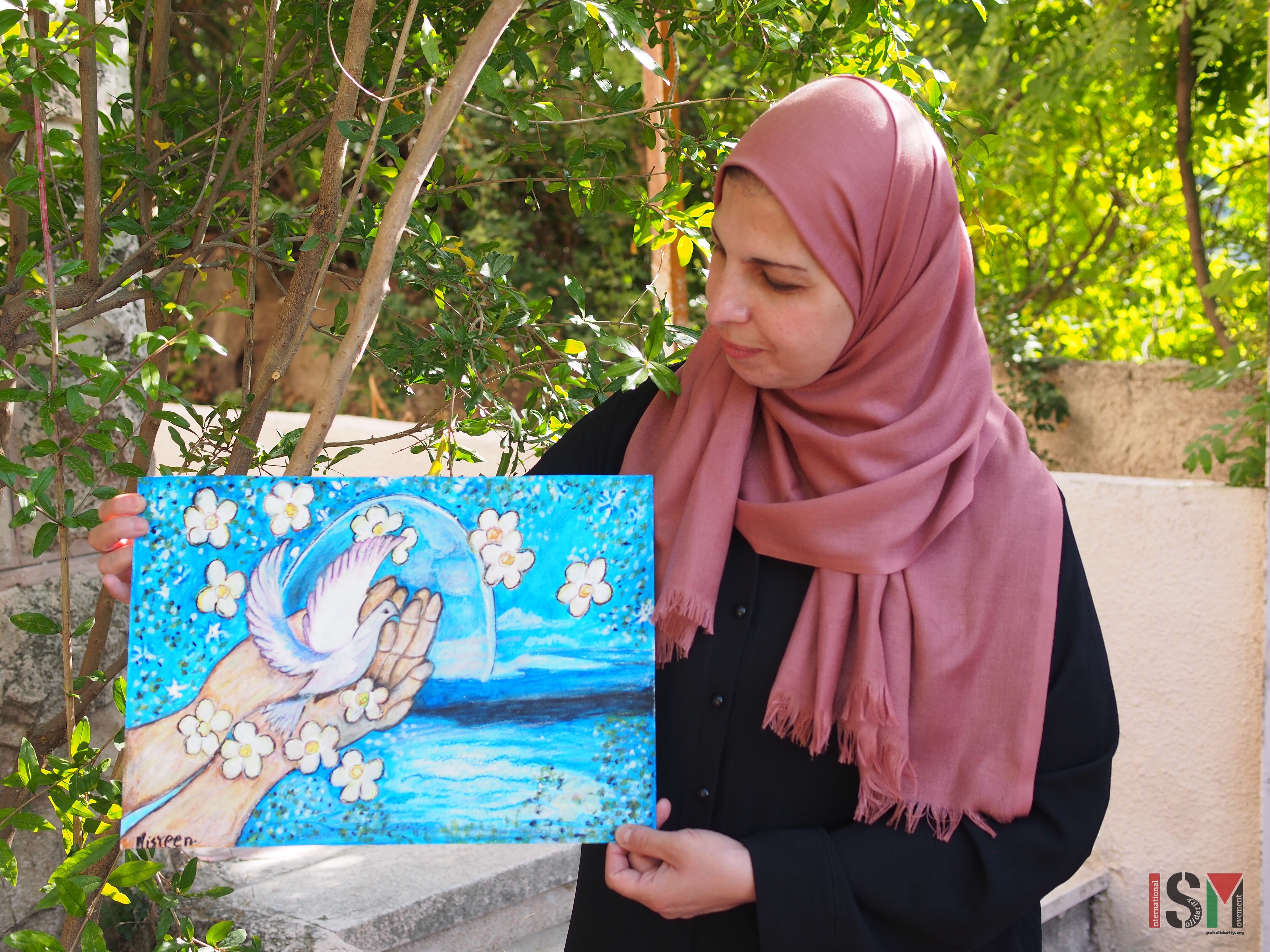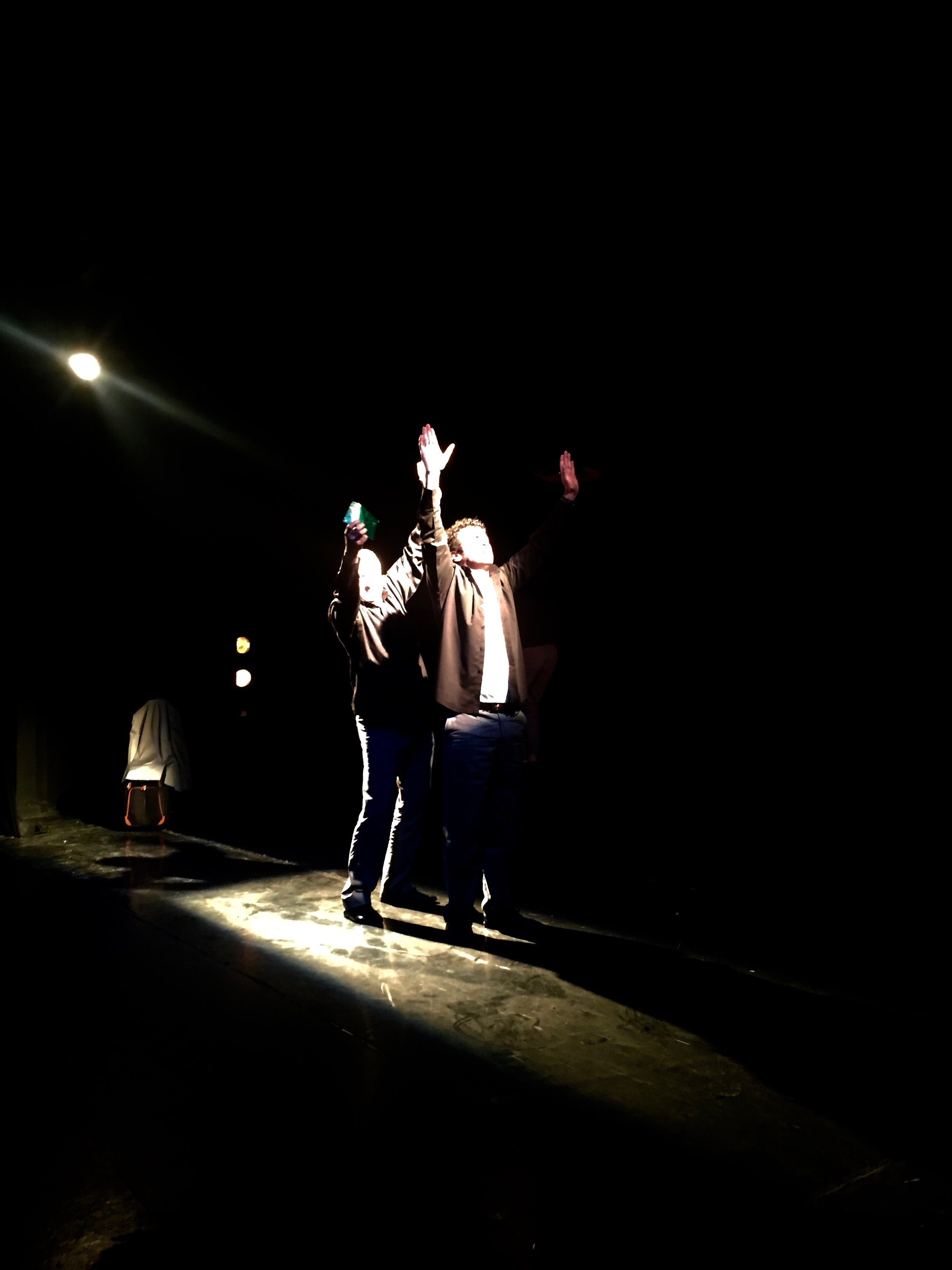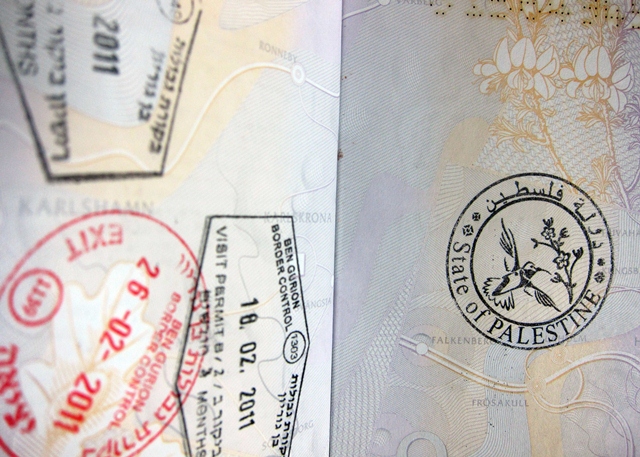Tag: Art
-
‘I am here, I resist’: ISM catches up with Nisreen Azzeh, who uses her artwork to resist against the brutal Israeli occupation of her homeland
4th June 2018 | International Solidarity Movement, Al-Khalil Team | Hebron, occupied Palestine Nisreen Azzeh’s house sits high up on a hill in the Tel Rumeida area of the occupied city of Hebron (al-Khalil is the Arabic name of the city) in the south of the West Bank. The way to her house is difficult…
-
Yes Theatre: Resisting occupation through theatre and socially engaged art practice
3rd April 2016 | International Solidarity Movement, al-Khalil team | Hebron, occupied West Bank The Yes Theatre in Al-Khalil works with dedication, for a brighter future for the Palestinians in the occupied West Bank through a diverse set of cultural activities. Roughly eight new productions every year reach an audience of over thirty thousand Palestinians, and on…
-
An interview with Khaled Jarrar: Stamping Palestine into passports
by Alistair George 21 November 2011 | International Solidarity Movement, West Bank Khaled Jarrar is a Palestinian artist and photographer from Jenin, currently based in Ramallah. In addition to photographing and documenting the Israeli occupation, he has designed a ‘State of Palestine’ postage and passport stamp. This week in an interview with Alistair George of…



